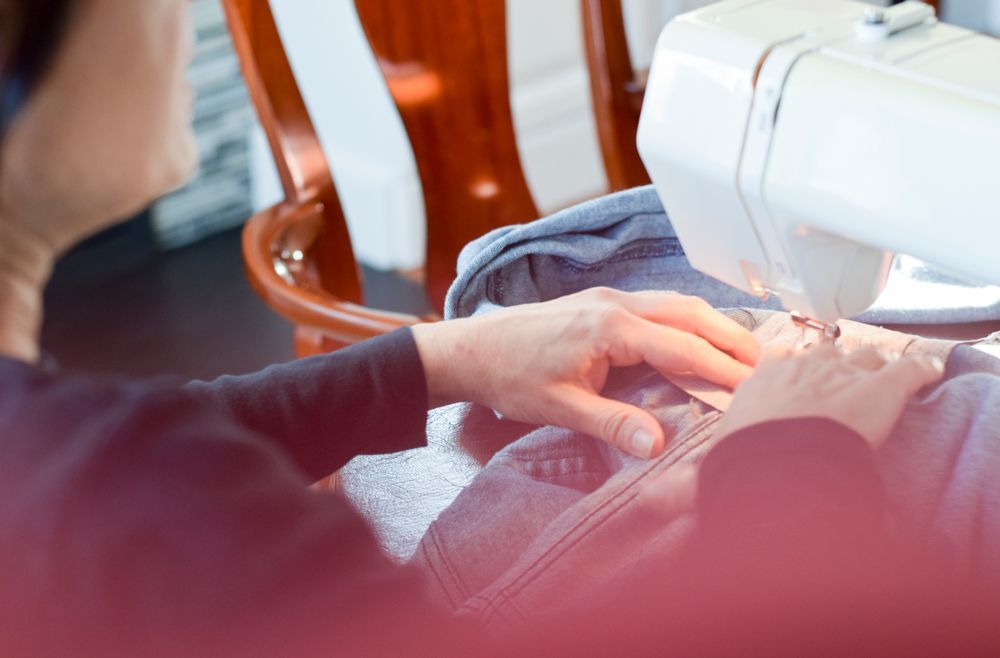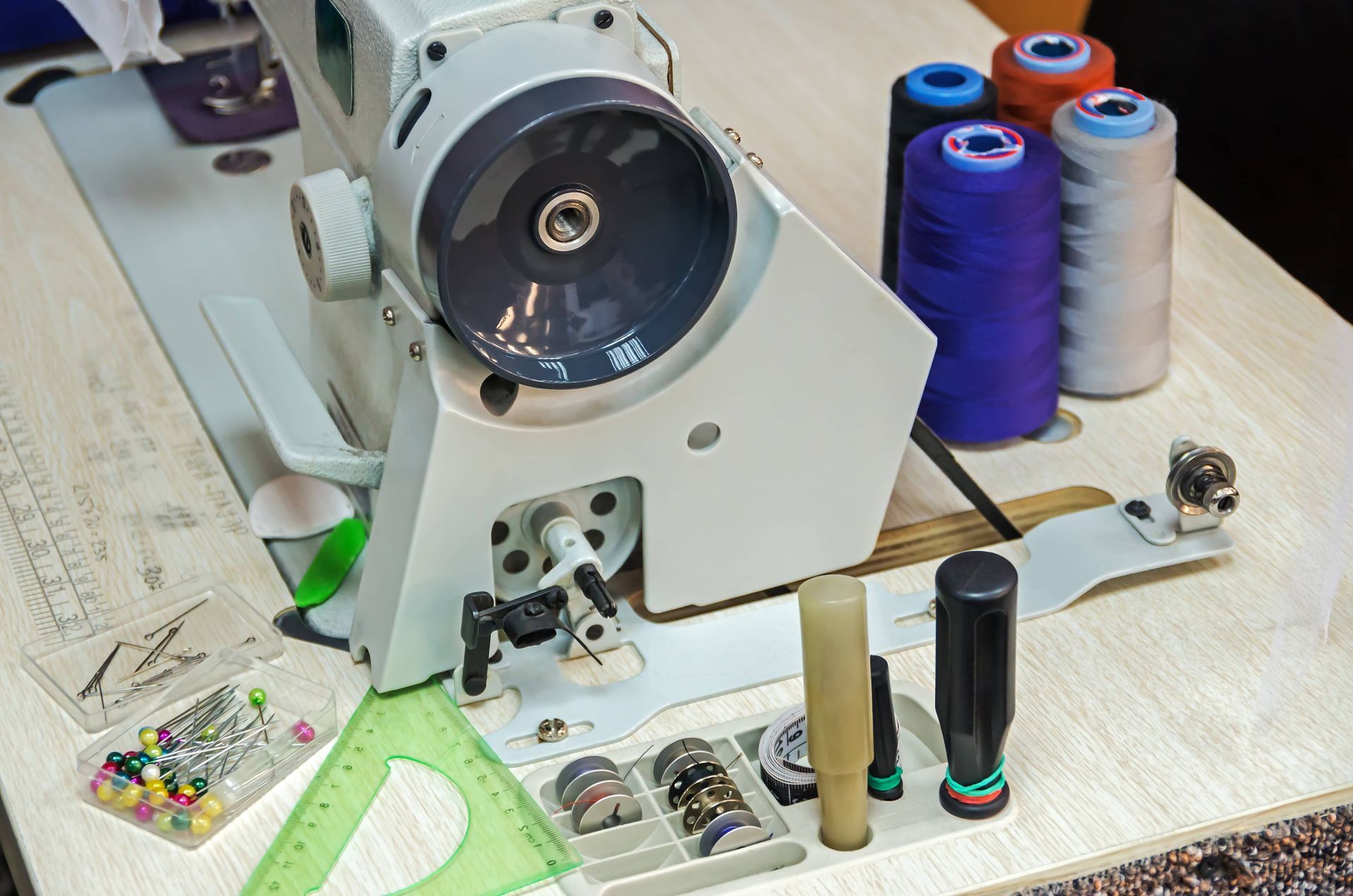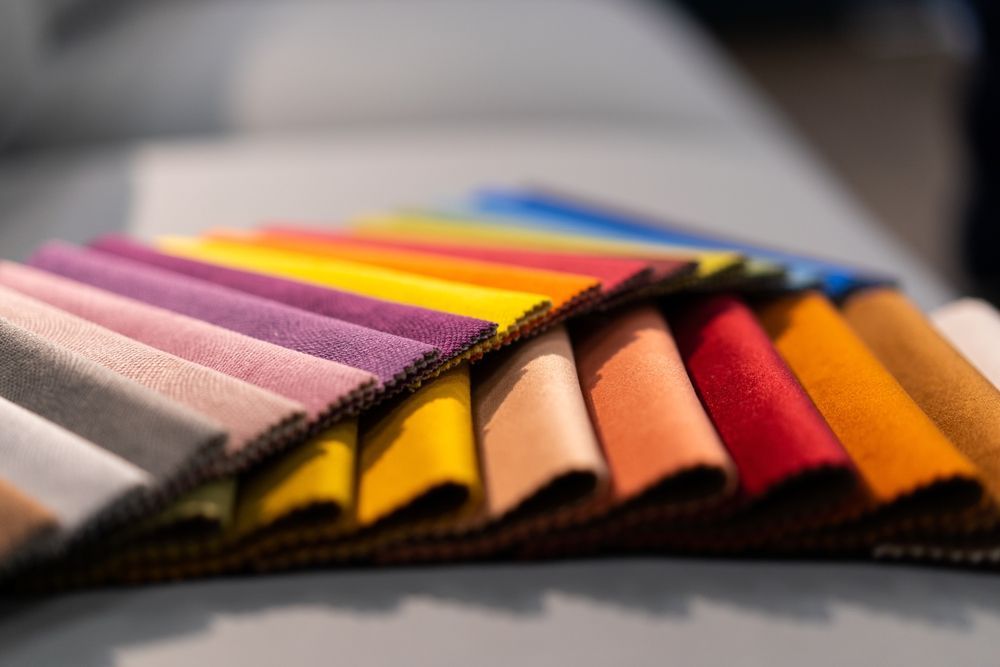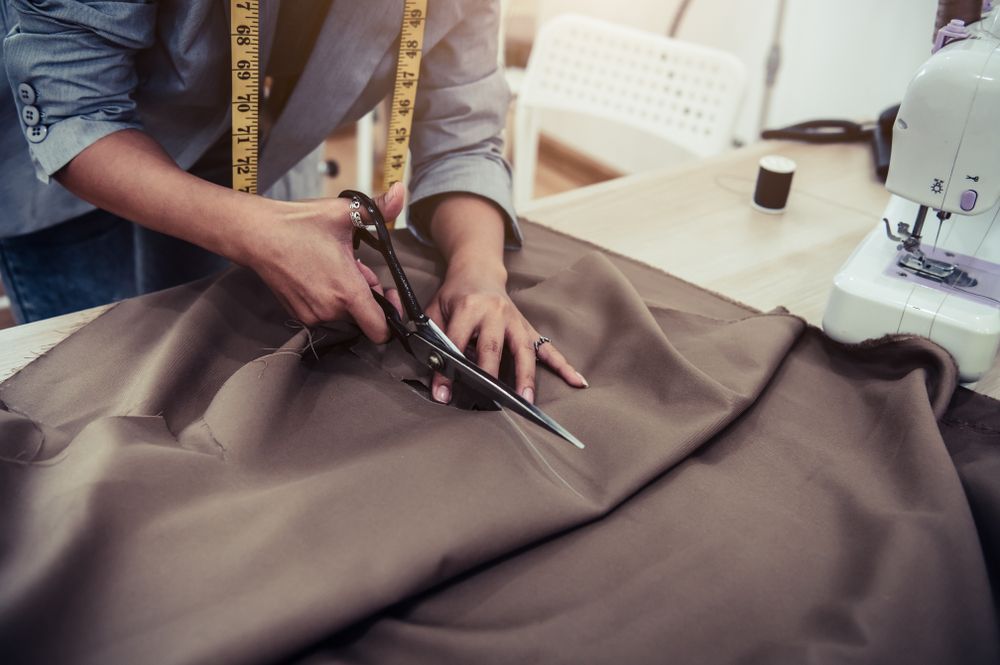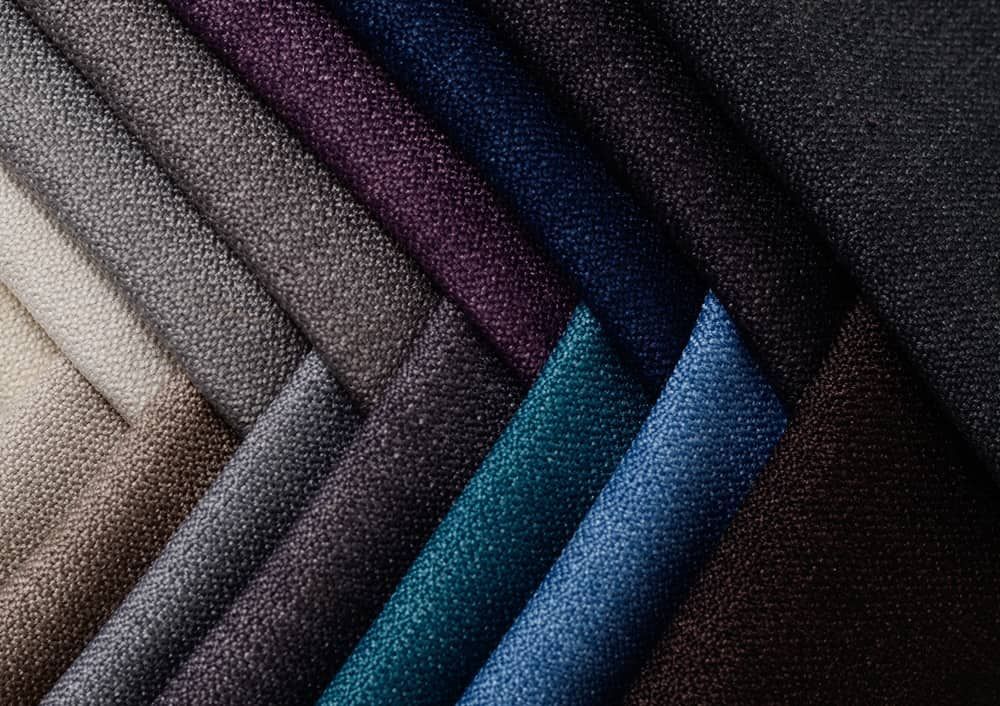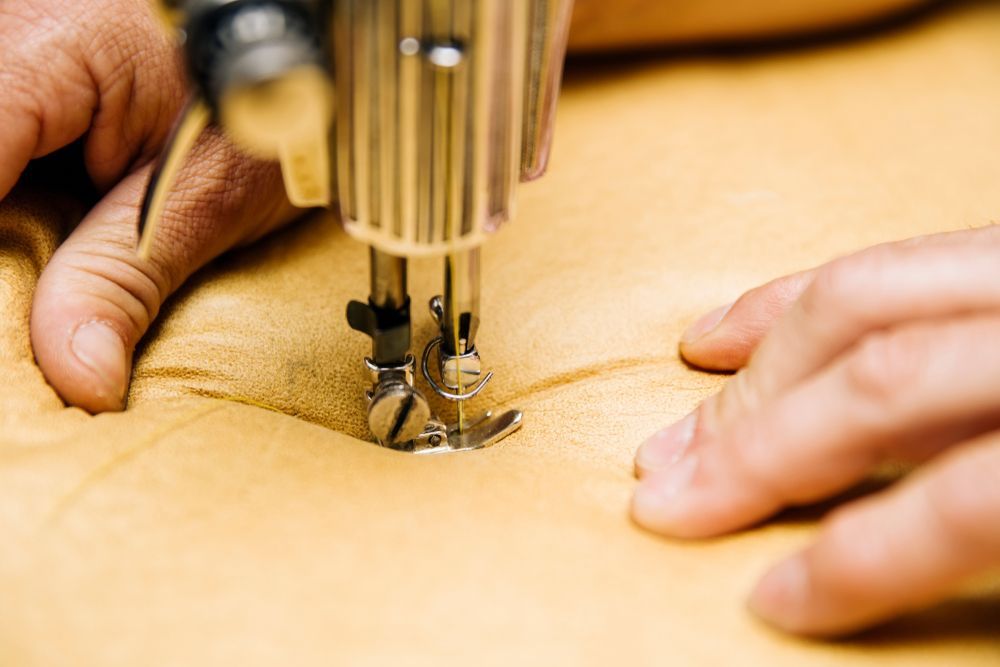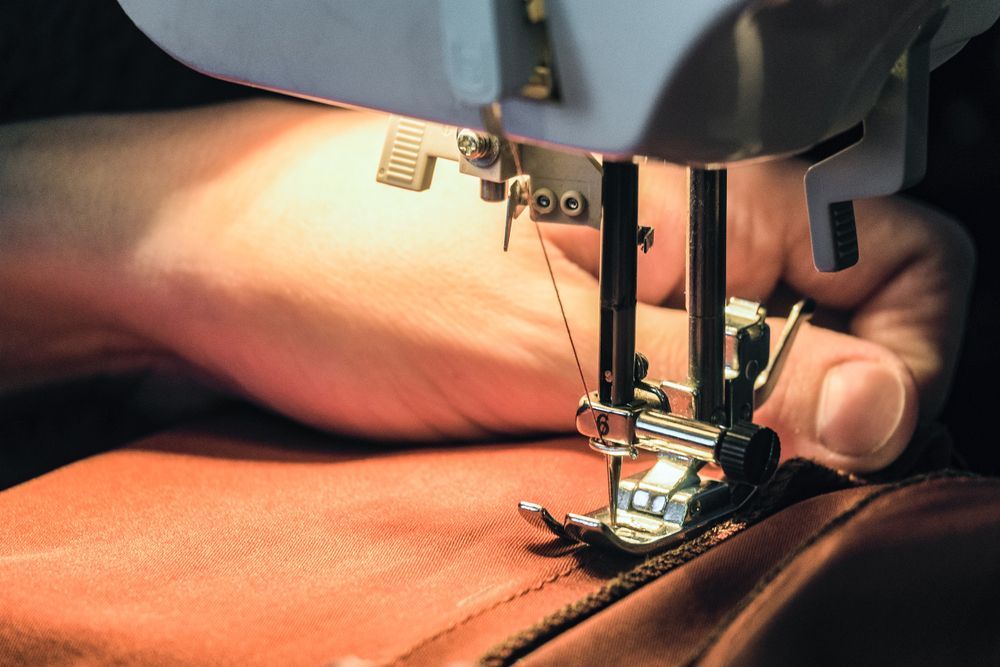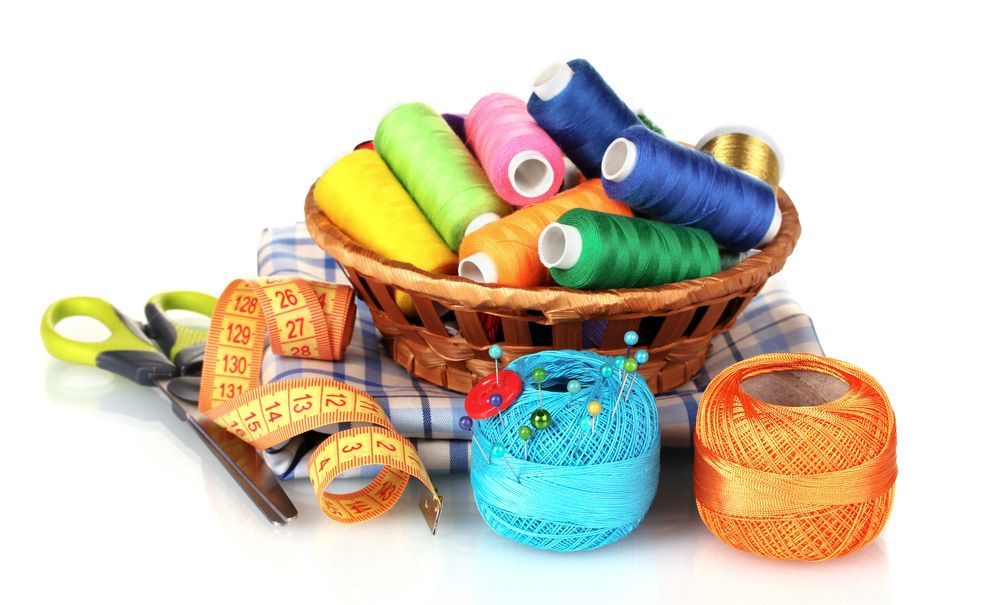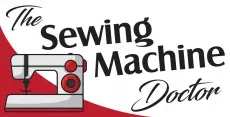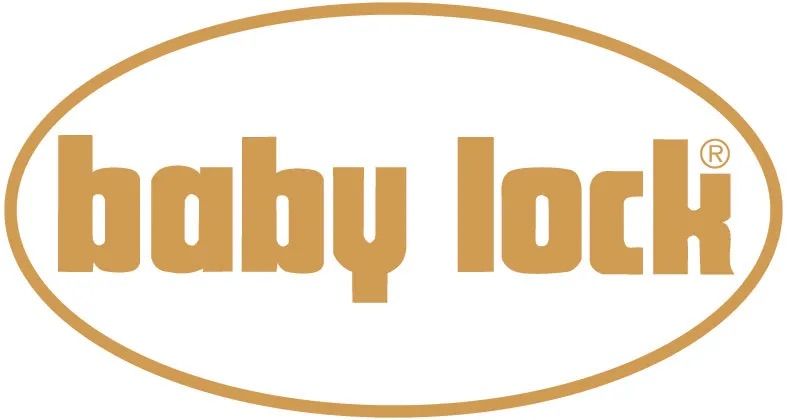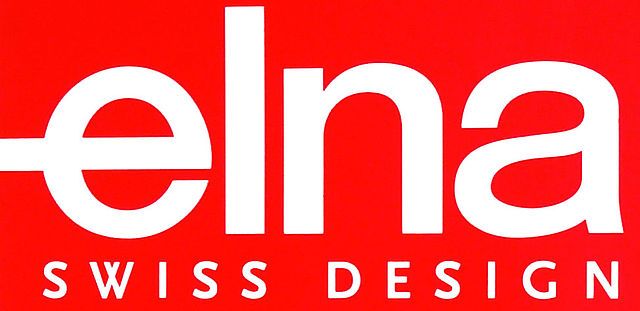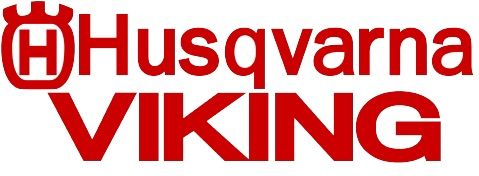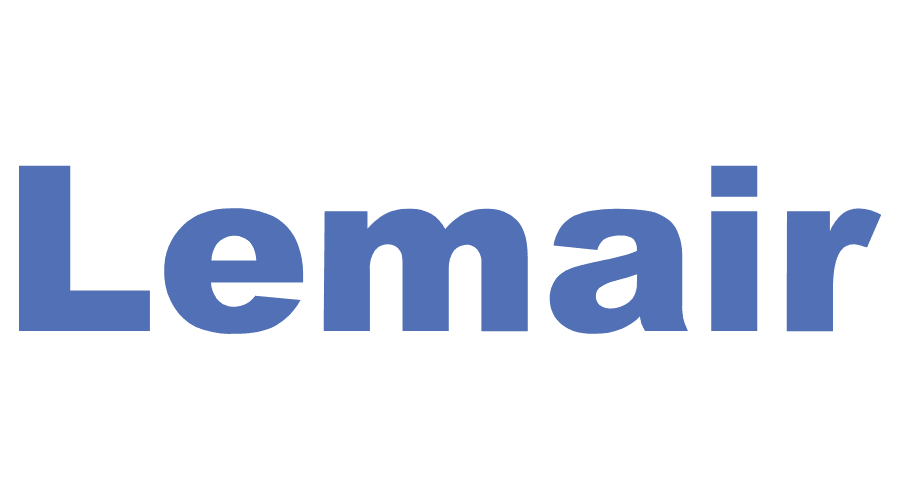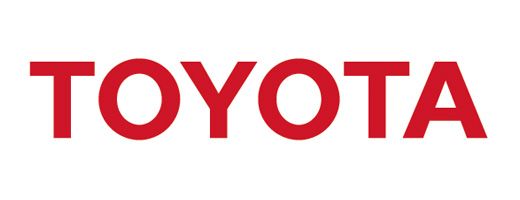Sewing Machine Needles
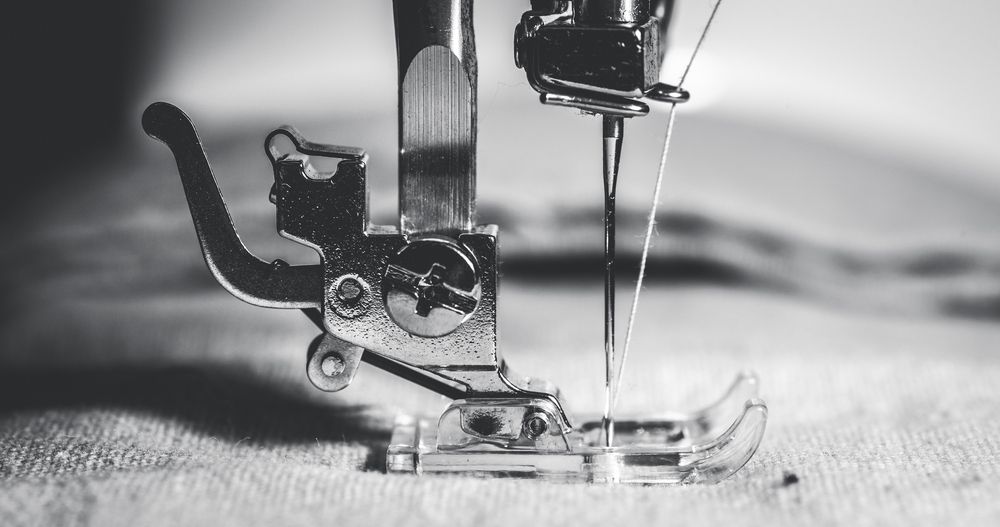
Types of needles:
- Universal needle
- Embroidery needle
- Metallic needle
- TopStitch needle
- Microtex needle
- Jeans needle
- Quilting needle
- Embroidery spring needle
- HemStitch needle
- Twin & triple needles
Want more information? Download our PDF for more information about different types of sewing machine needles.
Replace your needle. It’s the easiest way to improve your stitch quality.
The Sewing Machine Doctor recommends and sells Schmetz sewing machine needles. Schmetz has been producing superior-quality, German-engineered needles since 1951. These needles work with all new, current and older household sewing machines.
The most common needle is the 130/705 H
130/705 H needles are equivalent to 15×1 H needles (Japanese) and 2020 (Singer). Household sewing machines require a needle with a flattened shank. All needles in this system have a flattened shank for perfect positioning in the needle bar in relation to the hook.
How Long Does a Sewing Machine Needle Last
One of our most frequently asked questions is also one often put to Horst Gruchow, technical service manager from Schmetz.
The question Horst is so often asked during his years of travelling and giving needle seminars to the apparel industry, is one of the hardest to answer.
How long does a sewing machine needle last?
Interestingly enough, people from the shoe and leather industry, where they really put wear and tear on the needle, never ask him this question.
Generally, Horst’s answer is this: “Between one minute and one month.”
The Story of the Domestic Sewing Machine Needle
Supplied by Schmetz Servicehouse Throughout the last few years, a rapid change took place in the material and accessories market. The fabrics noticeably changed in material, composition, structure, and therefore, the requirements for their handling changed.
All industries connected with textile processing reacted and adapted their products to the new requirements. Only with the right combination of all components can a perfect sewing result be achieved.
To provide assistance for the correct needle choice, SCHMETZ published the PDFs,“Needles for Household Sewing Machines,” and “Schmetz ABC of Sewing Machine Embroidery Needles.”
The development of the needle through history
The needle was one of humankind’s first tools. Over the centuries, it developed from a simple craft item to the precision tool for sewing machines. The most ancient sewing needles (28,000 BC) had a split end, which gripped the thread to be sewn (often raffia, gut or sinew).
Needles from later than 17,500 BC, amazingly enough, already had the two characteristic features of the hand-sewing needle of today; the eye at one end and the tapered point at the other end.
The needle in modern times
The invention of the sewing machine gave rise to the development of the sewing machine needle. From 1755, different needle forms were developed that are still in use today. Around 1800, B. Krems (from Mayen, Germany) used, for the first time, a needle that had the eye close to the point. This eye-point needle paved the way for the mechanisation of sewing worldwide. Through further improvements of the simple hand-sewing needle, the precision tool sewing machine needle was developed.
In the year 1953, the metric size designation was determined, for which the abbreviation NM was introduced. This ‘number metric’ indicates the diameter of the needle blade in hundredths of a millimetre, measured above the scarf or the short groove, but not at any reinforced part of the blade. A sewing machine needle with a blade diameter of 0.80mm therefore corresponds to NM 80.
Description & manufacture of the sewing machine needle
A sewing machine needle consists of these elements:
Shank: There are round shanks and flat shanks.
Blade with groove: The groove guides the needle thread to the eye. The diameter of the used thread should have maximum of 40% of the needle’s thickness.
Scarf: It supports the hook to pick up the sewing thread loop.
Point and Eye: The point shape is relevant for the application of the sewing machine needle.
A Schmetz sewing machine needle passes through up to 35 stages of production. After each production stage there is a semi or fully automated check. The single processes are permanently optimised by the use of innovative technologies.
Needle systems for the household sewing machine
The most used needle system for household machines is 130/705 H (H=Hohlkehle in German means scarf). All needles of system 130/705 H have a flattened shank for perfect positioning of the needle in the needle bar and in relation to the point of the hook. The needles differ in size, point shape and eye. The groove is adapted to the needle size and guarantees the friction-free guidance of the thread through the material. The scarf supports the hook to pick up the needle thread loop correctly.
Selection of the correct needle size and point shape is a big influence on the sewing results.
The choice of the optimum needle depends on the material to be sewn, its thickness and the intended sewing process (sewing, topstitching, embroidering, etc.).
Product Information © SCHMETZ
